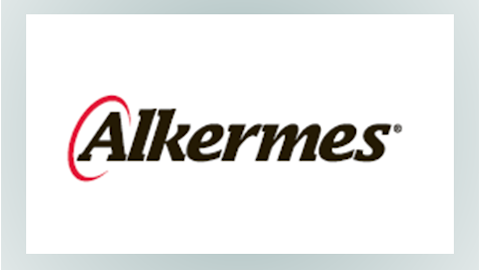Orphan drug status, which is given to drugs meant for the treatment of rare diseases, offers drug developers a path to faster approval and enhanced market exclusivity. So let’s look at a small early development stage biotech company, Raptor Pharmaceutical Corp. (NASDAQ:RPTP), which recently gained approval from the Food and Drug Administration for an orphan drug.

A single drug company
Raptor Pharmaceutical Corp. (NASDAQ:RPTP) recently gained FDA approval for Procysbi for the treatment of nephropathic cystinosis, a rare genetic disease marked by accumulation of the amino acid cystine. Raptor, which had no revenue in the previous quarter, reported revenue of $21,000 for the quarter ended June 30. At the same time, net loss increased from $3 million to $24 million, primarily due to increase in selling, general, and administrative expenses.
It is worth mentioning that the drug was approved on the last day of April, and the company probably had an effective sales period of less than two months by the end of last quarter. However, the market saw an adequate fundamental value in the drug, and the company’s stock has surged more than 90% in the last four months.
Orphan drug status
Cystinosis is an extremely rare disease. It affects one in 100,000 to 200,000 children at birth. There are only 3,000 known patients with this condition and about 500 in the U.S.
While this was sufficient for the regulator to award orphan drug status to Procysbi, the FDA had approved another formulation with the same active ingredient (cysteaminebitartrate) in 1994 — Cystagon from Mylan Inc. (NASDAQ:MYL). Although it addressed a very rare disease, the success of Cystagon was a hallmark in Mylan’s early history. However, the problem with Mylan Inc. (NASDAQ:MYL)’s version of this drug was that it produced some unpleasant side effects, including abdominal problems, and was also required to be taken every six hours. Raptor Pharmaceutical Corp. (NASDAQ:RPTP)’s new formulation does away with many of these problems and has a more convenient dosing schedule.
Pipeline products for Raptor
At the moment, Raptor Pharmaceutical Corp. (NASDAQ:RPTP) is focused on ramping up sales for its only FDA-approved product, but the company is also developing drugs for different therapeutic areas. The company is testing a compound called RP103 for Huntington’s disease and non-alcoholic fatty liver disease in children. The company has another pipeline drug, Convivia for ALDH2 deficiency, which is licensed to UniPharma.
The potential of Raptor Pharmaceutical Corp. (NASDAQ:RPTP)’s pipeline is an all-or-nothing type of scene. There is presently no cure for Huntington’s disease; patients are simply given symptomatic treatment. Currently, Xenazine from Lundbeck is used for treating involuntary muscle movement, one of the symptoms of the disease. The earliest symptoms include subtle problems with mood, for which antidepressants such as Lexapro from Forest Laboratories, Inc. (NYSE:FRX) are used. In clinical trials, Raptor’s RP103 (whose marketed version for cystinosis is Procsybi) demonstrated a marked ability to cross the blood-brain barrier indicating that it has the potential to treat HD. The blood-brain barrier is a way for the human physiology to delimit extraneous harmful agents like bacteria to get into the brain from the human blood circulation. While very important as a defensive mechanism, it also acts as a barrier for therapeutic agents to penetrate the barrier and work on the brain. RP103’s ability to cross the barrier could signal its potential to treat HD.
My take
Being an orphan drug, Procysbi is assured of protection against competition from generic products for a period of seven years. However, it has Mylan Inc. (NASDAQ:MYL)’s Cystagon to contend with, which is priced at $8,000 a year against Procysbi’s roughly $250,000-a-year price tag.
According to Bloomberg, potential sales of Procysbi in 2015 are estimated to be $77 million. Even if we add another $60 million (from European sales, assuming that it is approved by the EMA) at a current valuation around $740 million, the market is valuing Raptor at roughly five times its worldwide peak sales. In terms of the drugs in its pipeline, until it starts showing positive results in mid-stage trials, I’ll wait to assess the potential of RP103 in treatment of HD. For the moment, I’m happy to sit on the sidelines.
The article Will You Adopt This Orphan Drug? originally appeared on Fool.com and is written by Kanak Kanti De.
Kanak Kanti De has no position in any stocks mentioned. The Motley Fool has no position in any of the stocks mentioned.
Copyright © 1995 – 2013 The Motley Fool, LLC. All rights reserved. The Motley Fool has a disclosure policy.





